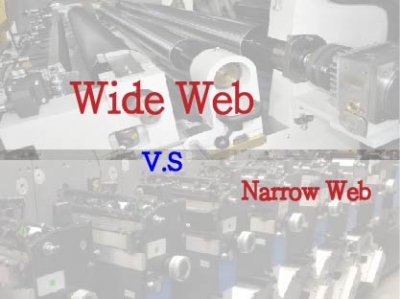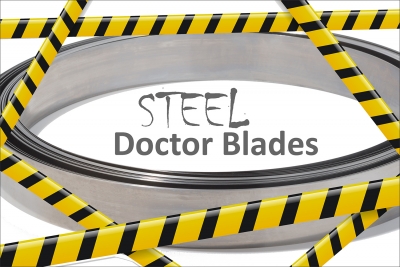We takes reasonable precautions to protect your personal information. This Privacy Statement describes how your personal information is collected, used, shared and safeguarded by us. We protects personal information provided by you through the use of this website. We uses SSL encryption to protect the collection and transfer of sensitive information. We are not responsible for the privacy practices of non-our web sites linked to this site. We encourage you to read the privacy statements of these other web sites when you leave our Web site.
We collects personal information from you to provide requested services and enhance your customer experience. We may supplement the information collected from you with information that is available from publicly available third party sources. We are the sole owner of the information collected on this website, and will not sell, share, or rent your personal information in ways different from what is disclosed in this privacy statement. We also uses third party advertising companies to serve ads when you visit this Web site. These companies may use information about your visits to this and other Web sites in order to provide advertisements on this site and other sites about goods and services of interest. In the course of serving advertisements to this site, our third party advertisers may place or recognize a unique "cookie" on your browser. We have no control over third-party cookies.
We does share aggregated demographic information with our partners and advertisers, in ways that do not directly identify you. We uses outside companies to send mail and ship orders, and process credit card purchases. These companies do not retain, share, store or use your personal information for any other purpose. If you sign up for a service provided by a third party under contract with us, we will share your name and the minimum information necessary for the third party to provide these services. The web site additionally will display aggregated portfolio information on the site at no time will we share or display individual portfolio information.
You will be given the opportunity to 'opt-out' of having your information used for purposes not directly related to this site at the point where we ask for your information, and you will be notified if your information will be used by outside parties. You may contact us to correct or update your personal data. If we change our privacy policy, we will revise our Privacy Statement as your notice. If we intend to use your personal information in a manner different from that which was stated at the time it was collected, we will notify you. You will then have a choice as to whether or not we use your information for this new purpose.
























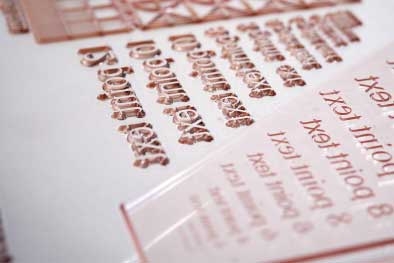
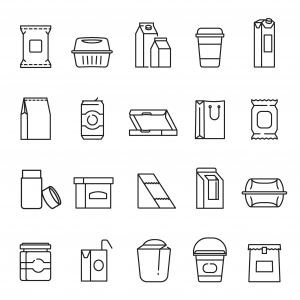
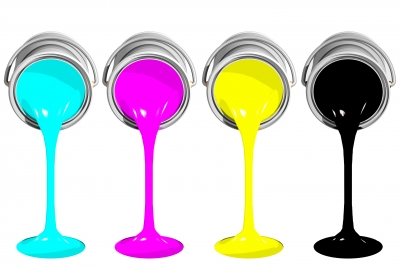
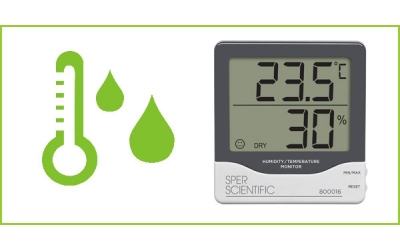
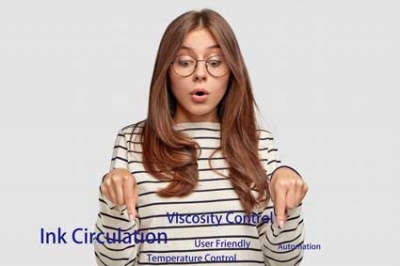
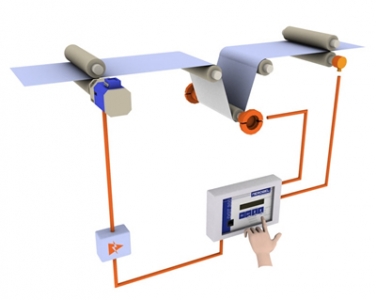


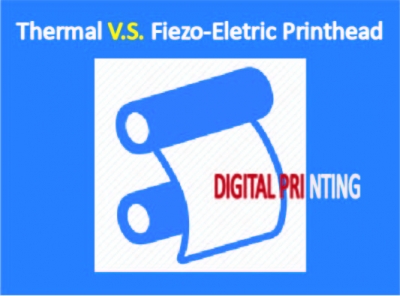
-01.jpg)
